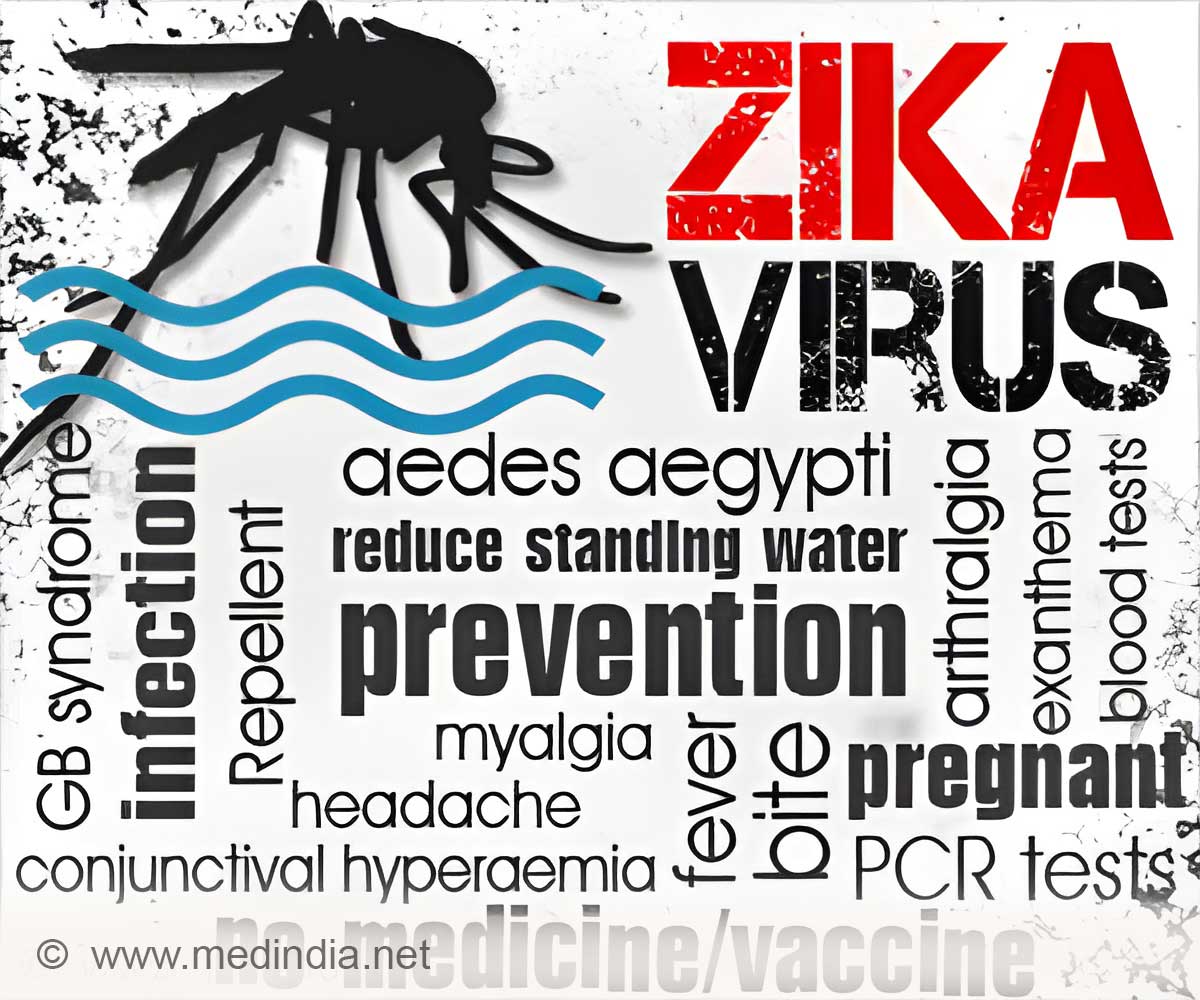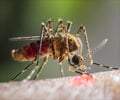
‘Seven key proteins in the Zika virus that may be the culprits behind the birth defects and neurological problems have been identified by researchers.’
Tweet it Now
Over the past year, scientists have learned that the Zika virus can cause a range
of dangerous health problems, including birth defects such as
microcephaly and neurological problems such as Guillain-Barré syndrome.
But they don't know which Zika protein or proteins are causing harm, or
exactly how these proteins cause damage.Now, a new study by scientists at the University of Maryland School of Medicine (UM SOM) has for the first time identified seven key proteins in the virus that may be the culprits behind this damage. The study is the first comprehensive description of the Zika virus genome. The study was published today in the journal Proceedings of the National Academy of Sciences.
"The mechanism of this virus has been a real mystery," said the lead researcher on the study, Richard Zhao, a professor of pathology at UM SOM. "These results give us crucial insight into how Zika affects cells. We now have some really valuable clues for future research."
To test the virus, Dr. Zhao used fission yeast, a species that in recent years has become a relatively common way to test how pathogens affect cells. Fission yeast was originally used to make beer, particularly in Africa, where it originated. (Its species name is Schizosaccharomyces pombe; pombe means beer in Swahili.) Over decades, fission yeast has been used by many scientists to find out mechanisms and behavior of cells.
Dr. Zhao is a pioneer in using the fission yeast model to study HIV, as well as the Yellow Barley Dwarf virus, a plant pathogen that causes billions of dollars in crop damage every year throughout the world. So he was very familiar with the fission yeast model. "With Zika we are in a race against time," he says. "I asked myself what I can do to help. I have this unique way of dissecting the genome. So I started on this."
Advertisement
Dr. Zhao and his colleagues will continue to work on Zika. The next step is to understand more about how these seven proteins work in humans. It may be that some of them are more damaging than others, or perhaps all of them work in concert to cause harm. Dr. Zhao is now beginning research on how the virus interacts with rat and human cells, in collaboration with one of the study's co-authors, J. Marc Simard, a professor of Neurosurgery at UM SOM.
Advertisement
Source-Eurekalert













